#pie baking
Explore tagged Tumblr posts
Text
It’s a heat wave (NOT) 🥶

Things are getting more cloudy here but it’s still not bad. At 1:10pm the temperature soared to 22F degrees (-6C).
Pie: the rest of the story-

Yea I made the pumpkin pie I spoke of in this morning’s post. I had everything measured ahead of time and I mixed most of it in a bowl and poured it into the pie shell. It was then that I noticed that I forgot to add the spices in there that I had pre-measured. 🤬. I had to incorporate them into the mix while already in the pie shell.
What a pain in the ass that was. 😤
79 notes
·
View notes
Text
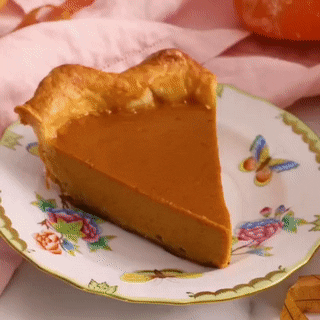
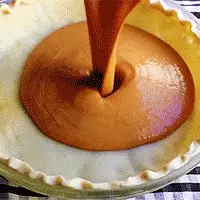
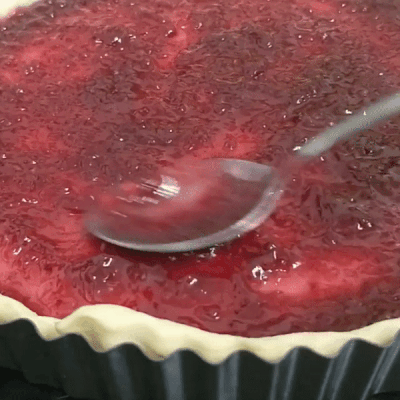
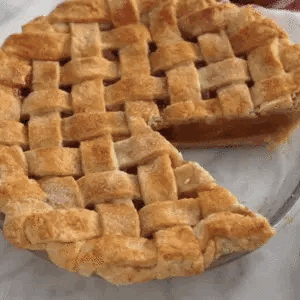
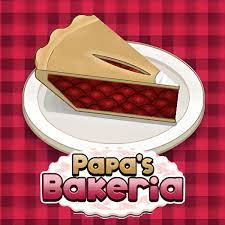
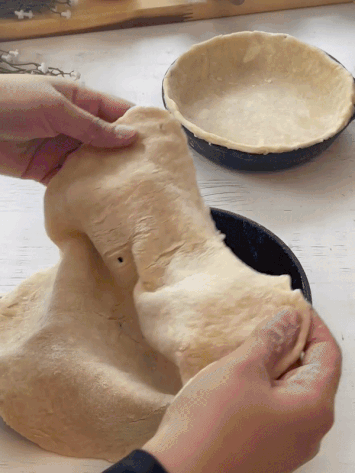
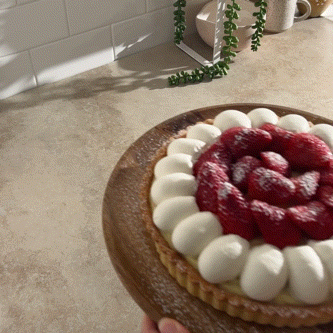
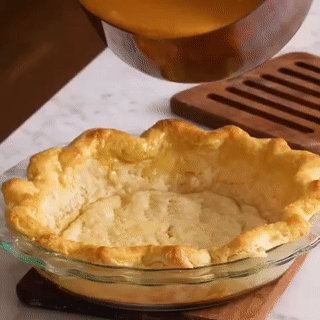
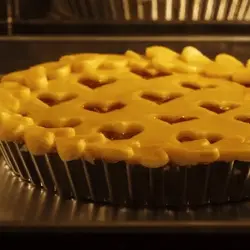
🥧 papa's bakeria stimboard ... ♡
credits: x x x | x o x | x x x
pro.ship please do not interact!
#papa louie#flipline studios#papa louie games#stim#stimmy#stimboard#visual stim#sensory#food stim#food#pie stim#baking stim#pouring stim#pie baking#papa's bakaria
340 notes
·
View notes
Text

Blueberry pie, she's rustic!
8 notes
·
View notes
Text
Snow White
#disney#princess snow white#disney snow white and the seven dwarves#disney snow white#snow white and the seven dwarfs#snow white#disney classics#pie baking#disney princess
4 notes
·
View notes
Text
RANDOM PIE DOUGH TIPS AND TRICKS
1. Use ICE water emphasis on Ice you want it to be more like a slurry than water (I've use literally just ice before.
2. Under mix your dough. You want to be able to still see and feel the butter as you shape your crust to the pan. Basically once the flour is no longer powder; stop mixing.
3.CHILL YOUR DOUGH put it in the fridge for 24 hours when I worked as a pastry chef, I would make the dough for the next day first thing, then use the dough I made the day before for my pies.
4. Rolling the dough. Other big thing with pie crusts is that they are "high gluten" which means the dough will be fairly elastic. and like elastic you can only stretch it so far at first before it snaps back. so if you notice your dough is creeping backwards after you roll. You just have to stop rolling it out for a sec and give the gluten a chance to rest before rolling it again (picking up and dropping the dough back on thecounter can help speed up the gluten resetting).
5. COVER that bottom in in fork holes to help the bottom cook better and prevent the bottom from puffing up then chill it for 30 minutes to prevent the dough from becoming misshapen from the oven.
6. Par bake the bottom for about 15 minutes before you assemble your pie. That way you're less likely to deal with the problem of the overcooked top and the undercooked bottom. To be clear a pie that doesn't have a top crust and doesn't need to bake the filling needs a fully baked crust before you assemble.
Ok that's all I can think of off the top of my head. I hope this helps someone. Feel free to ask questions!
4 notes
·
View notes
Text
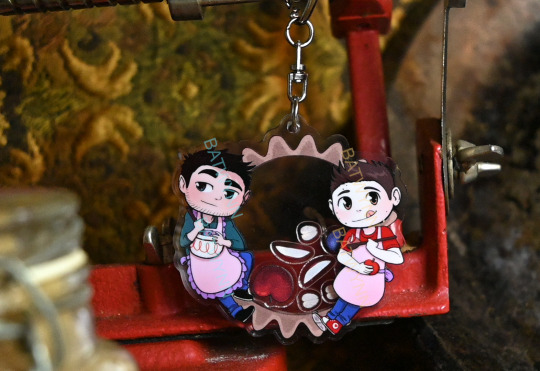
Feeling that slight chill in the breeze? Has a yellow leaf fallen from your local tree? It's almost time for PIES! What better way to celebrate the start of Pie Season with this 2.5 inch (63.5 mm) shaker charm filled with delicious pie and crumble fillings! The charm features both Derek and Stiles along the outside of the pie crust working on their pies. Inside has a full apple, apple slices, blueberries, and a few oats that shake around! Always get that cozy autumn feeling when you look at it, no matter the season!
All orders come with 1 free sticker.
These are super limited, so once they're gone they're gone!
#Sterek#Teen Wolf#Stiles x Derek#stiles stilinski#Derek Hale#shaker charm#keychain#pies#pie baking#chibi#There's a video of the shaking of the charm that's not the best but I don't know how else to show it honestly??#anyway#there's only 14 of them#so they are limited#apologies
42 notes
·
View notes
Text
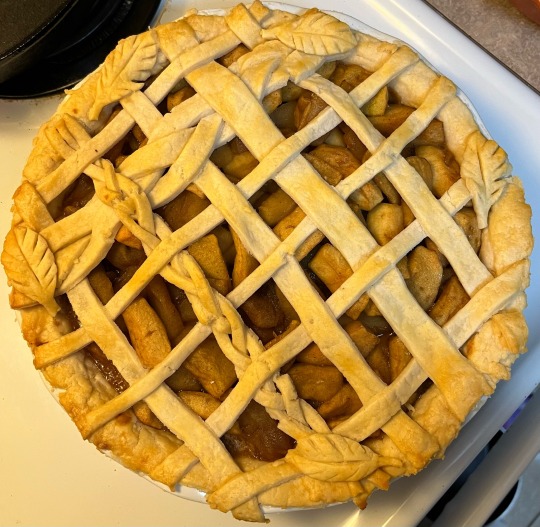
It’s Canadian thanksgiving on Monday, so today was my annual pie baking day! Every year, I try to make the crust a bit different than previous years. I’m really happy with how this one turned out!
22 notes
·
View notes
Text
at least i'm not writing emotionally fraught letters to the yellow ranger anymore ¯\_(ツ)_/¯
2 notes
·
View notes
Text
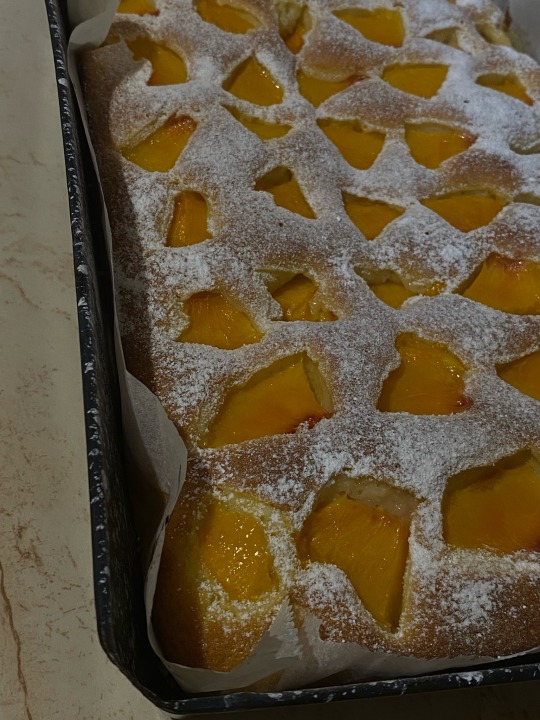
24 notes
·
View notes
Text
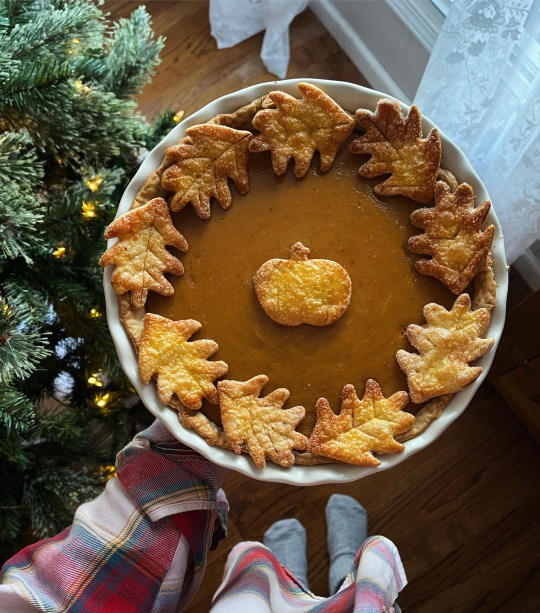
#slowliving#seekinspirecreate#livefolk#folklife#ofquietmoments#slowandsimpledays#bevisuallyinspired#aquietstyle#homemaking#homemaker#pumpkin pie#pie baking#thanksgiving pie#seasonalbaking#seasonalliving#tis the season#baking
4 notes
·
View notes
Text

Ouroboros Pie Crust by Danielle Baskin
27K notes
·
View notes
Text
21K notes
·
View notes
Text


Someone asked me for pie advice which I gladly gave! I literally went "My credentials?" and then showed them these photos.
Caramel apple crumb pie BTW -- everything from the crust to the apple filling to the caramel as well as the crumb? Made by me ^__^
5 notes
·
View notes
Text
Snow White
#disney#princess snow white#disney snow white and the seven dwarves#disney snow white#snow white and the seven dwarfs#snow white#disney classics#disney princess#pie baking
1 note
·
View note

